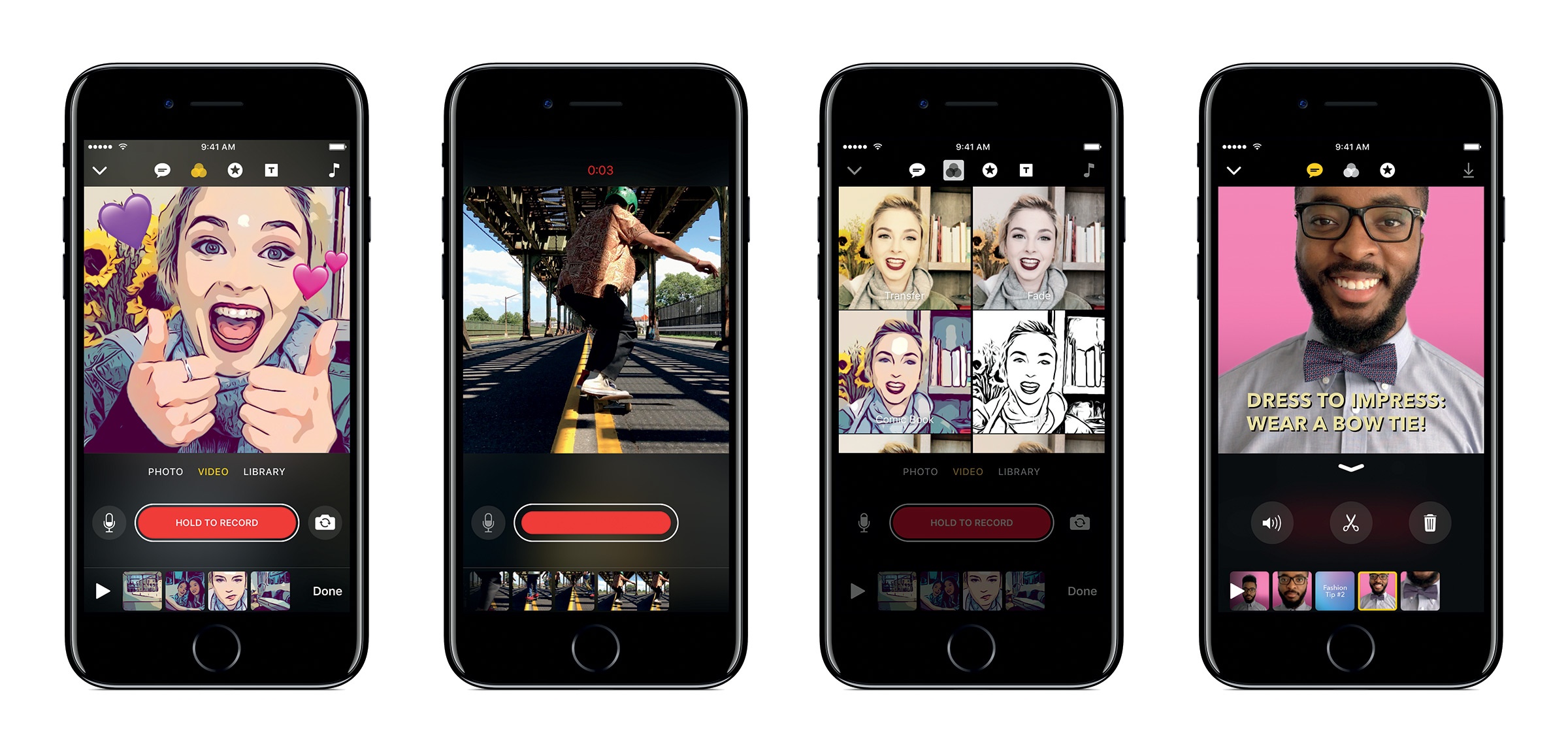
They will work by themselves of course, but they work better as part of the total App Clip experience.
#ICLIP APPLE CODE#
It’s because of this network connection requirement that I believe Apple is pushing Apple Pay NFC tag and code payments wrapped in the App Clip experience. It’s a similar scenario for NFC tag payments. In the Apple Pay code payment scenario suggested by the AliPay screenshot leaks, a static code scan directly activates the appropriate Apple Pay code payment (AliPay, etc.), the user enters the amount, taps ‘Pay’, authenticates, and Apple Pay does the transaction via the network connection. However, static code payments are messy because Apple Pay requires a network connection to process the payment just like apps do. Ability to set a default main card for Apple Pay useĪpple Pay Code payments can possibly offer this for dynamic code payments where a scanner reads the code off the iPhone screen.Device transactions without a network connection.Direct side button Wallet activation with automatic Face/Touch ID authentication and payment at the reader.The Code Payment/App Clip Network Connection RequirementĪpple Pay Wallet NFC payment cards have 3 major features that payment apps do not: For visual codes the user has to launch the camera and scan before App Clip takes over. NFC tags still enjoy the ’point here’ advantage as App Clip does the rest. It boils down to one thing: making App Clips a simple tap or scan process.

This means those fancy Apple designed App Clip codes are coming after the initial iOS 14 launch, and when they do Apple Pay Code Payments will certainly be coming with them.
#ICLIP APPLE UPDATE#
14” The #14 footnote is interesting: “Camera support for scanning an App Clip code will be made available in an iOS 14 software update later this year.” For Apple designed App Clip codes, “You can scan them with your camera or tap one using NFC. Let’s examine the ‘real world’ App Clip activation triggers: Apple App Clip codes, NFC tags, QR codes. The promise of App Clips is they finally put NFC, specifically NFC tags, on the same low cost entry bar of QR codes.

The downside is the NFC reader side of the equation: the reader + cash register/transit gate + transaction software has a higher initial investment than a code scanner attached to a POS system. NFC always has an advantage over a scanner in that it works without light and can be activated just by the user pointing their device at an NFC reader or tag. iPhone is both a radio (NFC) and camera (scanner). The strength of code payments is simplicity and low cost. CarKey will incorporate Ultra Wideband when the Car Connectivity Consortium Digital Key 3.0 spec is finalized and ‘Code Payments’ are coming at some point in the iOS 14 cycle. IOS 14 is the first time Apple Pay is moving beyond NFC.

Apple Pay debuted with NFC-A EMV in 2014, it added NFC-F FeliCa with Suica in 2016, MIFARE Student ID passes and PBOC China transit cards in 2018. Until now Apple Pay has been all about the NFC ka-ching thing, but it has also evolved along the way. The real story is more interesting and is centered on App Clips, not AliPay or other specific QR code payment players. When the AliPay Apple Pay leak surfaced earlier this year the stock story was that Apple Pay must support AliPay and WeChat Pay if Apple Pay is to have any relevance for iPhone users in China. The Apple designed App Clips code combines a visual code and a NFC tag


 0 kommentar(er)
0 kommentar(er)
